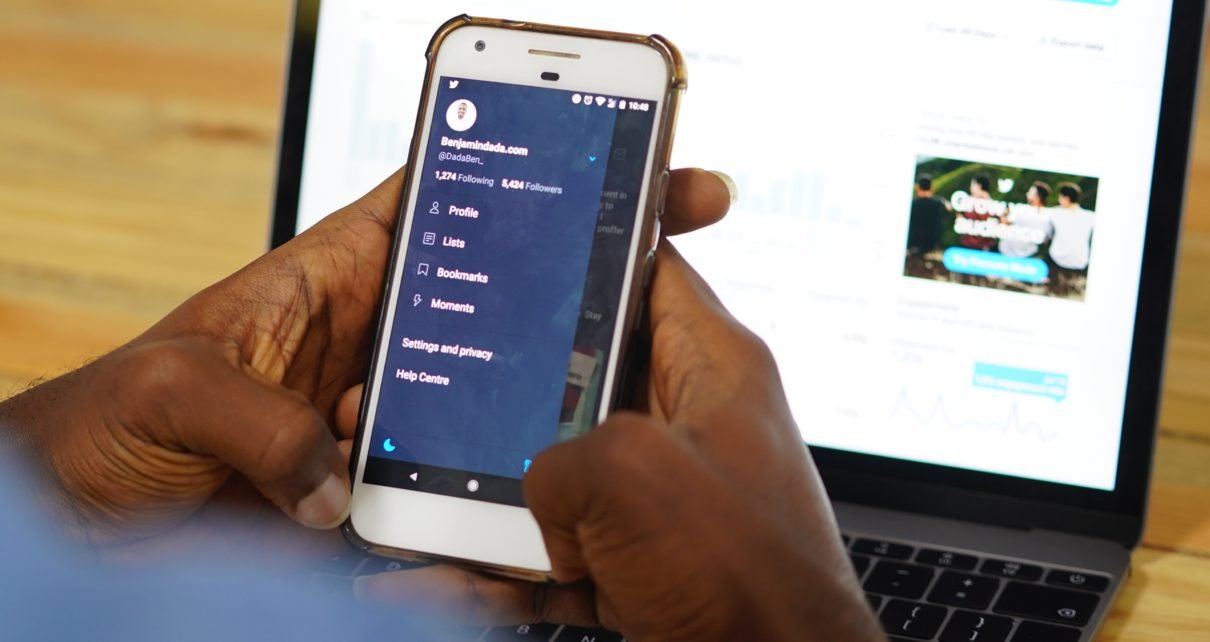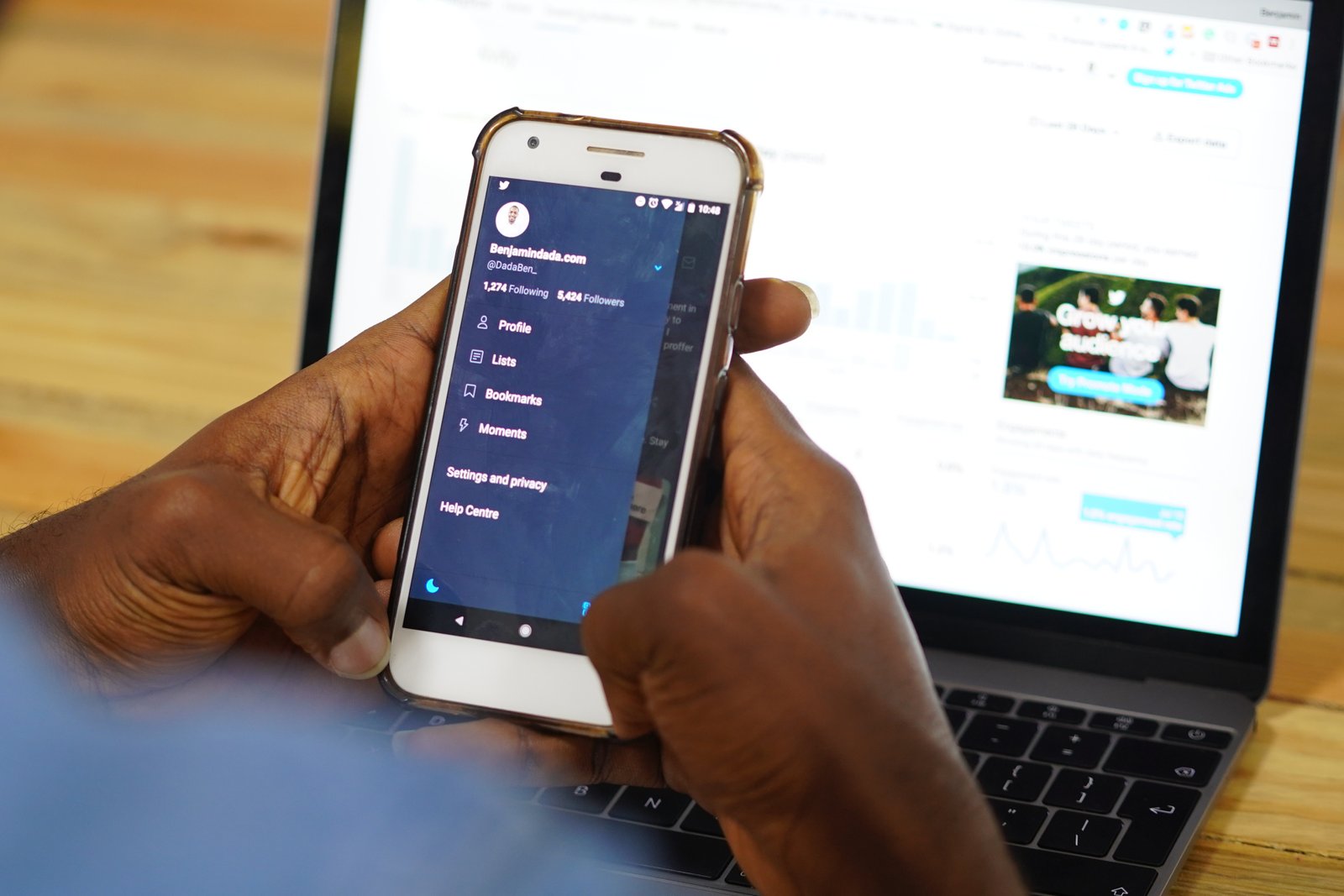If you rely on the success of your app to run your business, or if your business is running an app, you need to take optimization seriously. Most online users today value their time. Unlike in the past, people no longer have the patience for apps that crack or don’t load quickly. More importantly, it’s likely for many people to abandon an app after only a single use nowadays.
Think of the number of times you’ve avoided using an app because it didn’t work properly. You probably quickly jumped to the next best thing, right? This is how it goes nowadays. This is why it’s essential to optimize your app and reduce app load time. According to Stackify, application performance management is no longer optional for businesses of all shapes and sizes. You need a way to manage your app effectively. Here are the best ways to optimize and reduce app load time once and for all.
Compress Your Data
One of the first strategies for reducing app load time is to compress your data. If you have too many elements of your application taking up a big chunk of space on your server, it’s going to load quickly. The user’s computer or smartphone has to take the time to load every single component. It goes without saying that the more data you have, the longer it will take to load fully.
Compressing all files is a good first step, but don’t forget about text data. This is the text found in your app’s HTML code and HTML tags. They’re transmitted in an uncompressed form, and it slows down anyone who doesn’t have an optimal internet connection. Go through your files to ensure they’re reduced and compressed as much as possible.
Use a Reverse Proxy Server
This is especially true for web-based applications. When you run these on a single machine, you’re more likely to experience slow load times. Your single machine simply can’t handle multiple tasks at once. Instead, use a reverse proxy server.
What does this do? By using a reverse proxy server, you offload some of the tasks needed in order to run your application successfully. It takes care of user response so your machine can avoid being overloaded, especially during a traffic spike.
Monitor Your Errors
Error logs are the best way to understand if something is going wrong with your app. It goes without saying that you should be monitoring these messages closely, yet many new app developers overlook them since they don’t realize just how time-consuming they can be. Even after the launch of a new deployment, you need to be on the lookout for problems.
With error logging, you’ll get alerts if users are experiencing crashes, errors, or slow load times. This will also help you locate the problem faster so you can quickly solve the issue before it deters your users. Using an application performance monitor (APM) will help automate this process for you.
Utilize a Content Delivery Network
Content Delivery Networks (CDN) are a way to spread your website or application across multiple servers around the globe. When people from different geographical locations attempt to access your app, their browsers or devices don’t have to travel as far to the server.
Using a CDN also helps limit the bandwidth so it’s an effective way to avoid any disruptions due to large spikes in volumes. While this might not be necessary if you have traffic concentrated from a specific part of the world, it’s essential if you’re directing your content to a global audience.
Start Time Loading
Finally, make sure your users always have a positive interaction with your app with time loading. Users are impatient. You’ve likely experienced this impatience for yourself when you attempt to load an app only to find it lagging behind. An easy way to keep users interested while data is loading is with time loading.
Basically, this means you focus on limiting the time it takes for the app to open initially. The best way to do this is to avoid loading all data at the open of the app, especially since most of this data isn’t needed yet. Of course, this will change depending on just how much content is needed at the launch of your app.
Final Thoughts
These are the most effective and efficient ways to reduce your app load time and optimize the user experience. We live in a newly user-based world. If your app isn’t serving your users, what is it doing?
Regularly taking time to monitor and audit your own app is key. Don’t assume it’s working well tomorrow just because it loads properly today. Things change quickly, and you never know what’s around the corner. A proactive approach is the safest option, so follow these tips above to see a difference.





